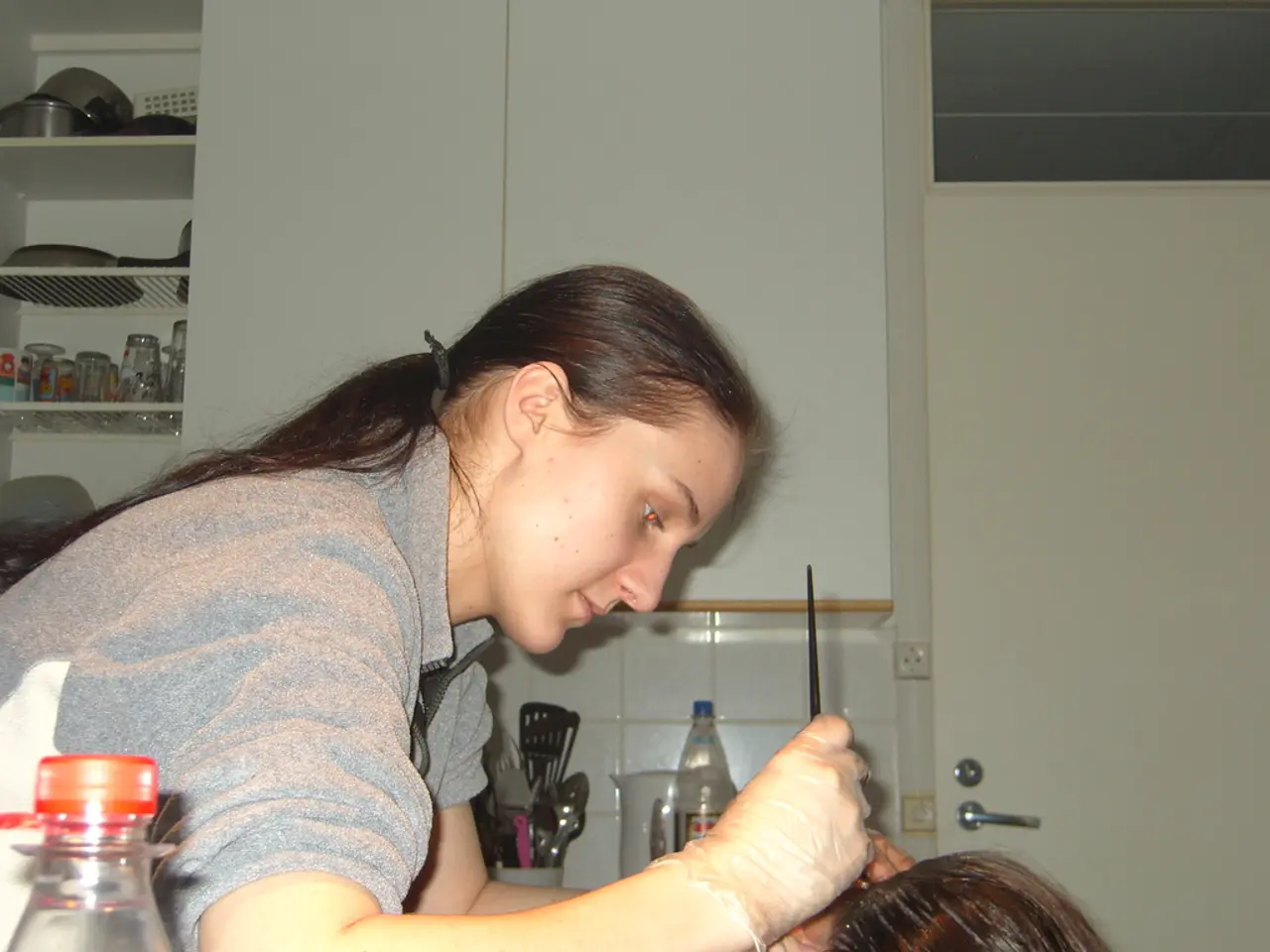Struggling with Female Orgasms? Many Face Similar Problems, Yet, Hope Remains
Anorgasmia, the inability to consistently achieve orgasm, is a common sexual issue affecting many women. This condition can be caused by a complex mix of physical, psychological, and social factors.
Sexual dysfunction in women can manifest in various ways, including low libido, painful sex, difficulty being aroused, and sexual aversion. It's important to remember that good sex can have numerous health benefits, positively impacting both mind and body.
One of the key areas of the female body responsible for sexual arousal is the clitoris. Contrary to common belief, the clitoris extends inside the pelvic cavity and forms a wishbone or upside down "V" shape. This anatomical structure plays a crucial role in sexual pleasure.
Common reasons for anorgasmia include medications, hormonal imbalances, medical conditions, psychological factors, lifestyle factors, and social and educational influences. Medications such as SSRIs, antipsychotics, opioids, and some blood pressure drugs can affect hormone levels, impairing sexual function. Hormonal imbalances, such as low testosterone and menopause-related estrogen decline, can also impair orgasm. Medical conditions like diabetes, multiple sclerosis, and autoimmune diseases can disrupt nerve function, blood flow, or cause pain that hinders orgasm.
Psychological factors such as depression, anxiety, stress, low self-esteem, body image issues, sexual trauma, performance anxiety, cultural or religious repression, and relationship problems can all reduce orgasmic ability. Lifestyle factors like alcohol abuse, smoking, obesity, and sedentary habits may also negatively affect sexual health. Social and educational influences, such as poor sex education, restrictive cultural/religious beliefs, fear of pregnancy, and low self-image, also contribute to anorgasmia.
Because difficulties with orgasm often result from multiple overlapping issues, evaluation usually requires medical, psychological, and relational assessment.
Treatment options for anorgasmia are varied and often multidisciplinary. Medical management may involve reviewing and adjusting medications, hormone therapy, and managing underlying medical conditions. Psychological interventions such as cognitive-behavioral therapy (CBT) and sex therapy can address anxiety, trauma, relationship issues, and negative sexual attitudes. Counseling to improve communication and intimacy with partners is also beneficial. Physical therapies like pelvic floor physical therapy can help with pain, muscle dysfunction, and improve sexual function. Lifestyle changes such as reducing alcohol, quitting smoking, increasing physical activity, and maintaining a healthy weight can improve overall sexual health.
In some cases, devices like the IntensityTM device and the Eros device have been approved by the U.S. Food and Drug Administration (FDA) to help women achieve orgasm. These devices provide direct clitoral stimulation and stimulate pelvic muscles that contract with climax. Scream Cream, a topical ointment that increases blood flow to the clitoris, may also help increase sensitivity and encourage orgasm.
It's crucial to talk with a healthcare provider about sexual dysfunction, as treatments are available. Knowing your erogenous zones can help if hormones and medical conditions are not the issue. By understanding the causes and available treatments for anorgasmia, women can take steps towards improving their sexual health and overall well-being.
Read also:
- Chest X-ray findings in heart failure: An overview
- Improvement indicators for pneumonia: Recognizing the signs and additional information
- Seniors with no offspring in Kerala are entitled to legal maintenance, only from their direct heirs, as ruled by the High Court.
- Chest Pain Connected with Hiatal Hernia: Remedies and When to Request Assistance





